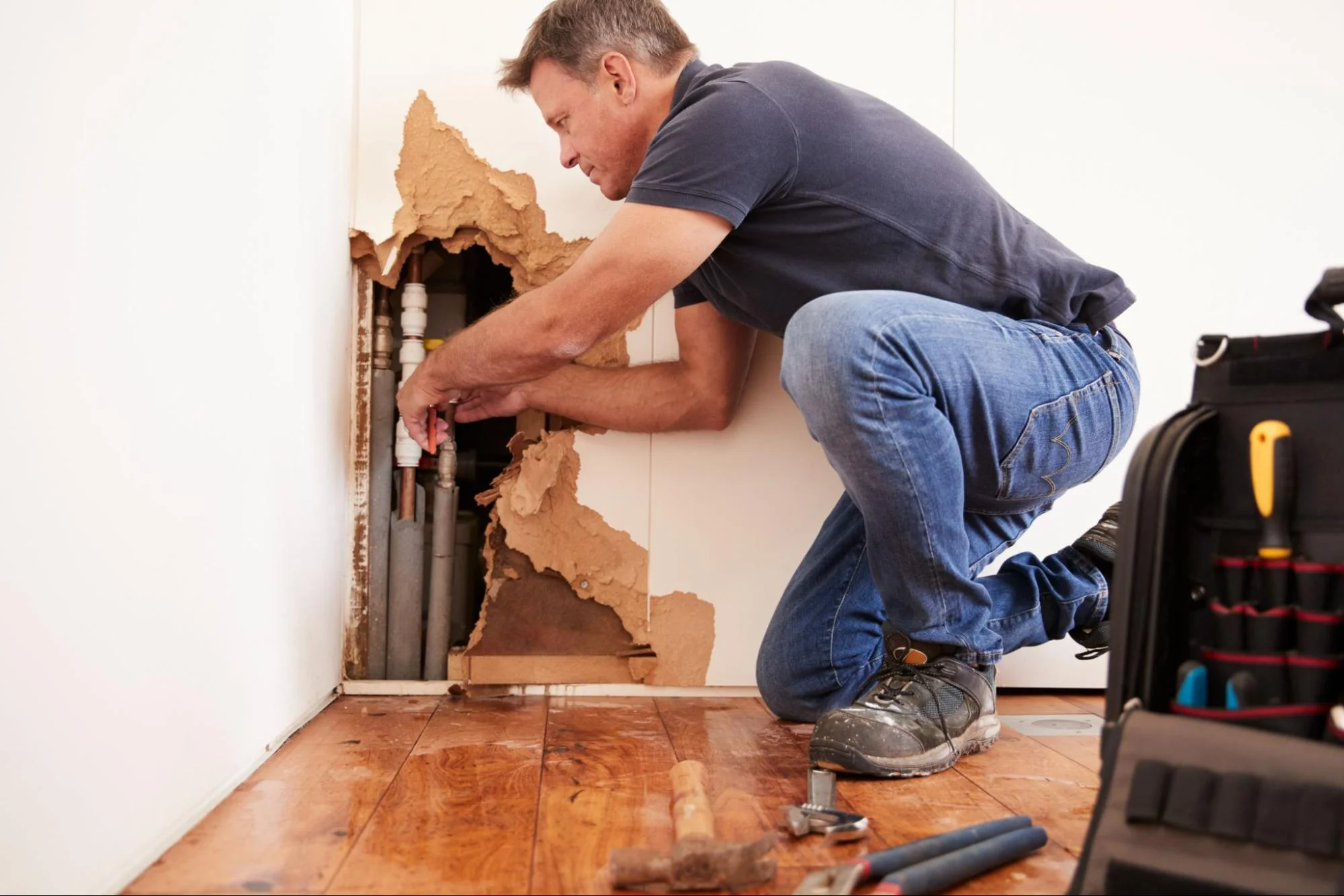
Emergencies can strike at any moment, and handling them efficiently is crucial for maintaining the safety and satisfaction of your tenants. Quick response to emergency repairs ensures that minor issues don’t turn into major problems. As a property manager or landlord, being prepared is key to maintaining a reliable and efficient management system.
You need a solid plan in place for every emergency. This involves creating a list of trusted vendors, having an answering service for after-hours calls, and establishing clear communication channels with your tenants. These steps can save you time and reduce stress when unexpected issues arise.
By being proactive and keeping your tenants informed, you can create a smoother process for everyone involved. This guide will walk you through the essential steps to handle emergency repairs effectively, ensuring minimal disruption and maximum tenant satisfaction.
Efficiently managing emergency repairs requires a proactive approach, detailed planning, and reliable resources. By focusing on planning, forming strong contractor networks, and using technology, you can handle emergencies effectively and minimize disruptions.
Having an emergency response plan is vital for addressing maintenance issues swiftly. Start by identifying potential emergencies like HVAC failures, plumbing issues, or structural damage. Outline steps for immediate actions to ensure safety and health.
Create a communication protocol to inform tenants and owners about the situation. Include key contact information, both internal and external, such as emergency services, insurance companies, and relevant service providers. Conduct regular training sessions for staff to ensure everyone knows their role, enhancing the effectiveness of the response.
Reliable contractors are crucial for handling repairs. Build relationships with vendors who have a good reputation for responding promptly and providing quality work. Maintain a list of reliable contractors who can handle specific issues like plumbing, electrical work, or structural repairs.
Check vendor reputation and ensure they have the necessary certifications and insurance. Regularly review and update your list of service providers to ensure they meet your property management needs. Having dependable contractors can reduce downtime and help keep properties safe and habitable.
Using technology can greatly improve your emergency response. Property management software allows for easy tracking and documentation of maintenance issues, preventive maintenance schedules, and repairs. These tools can automate maintenance requests and ensure that all tasks are completed on time.
Effective communication is key in emergencies. Use communication platforms that enable instant messaging with tenants and contractors. This open communication helps keep everyone informed and reduces response times. By integrating modern technology, you can manage repairs more efficiently and maintain high standards of service.

Quick and efficient action is crucial for emergency maintenance issues. This section focuses on specific steps to handle immediate threats and damages.
When dealing with emergencies like fire, flooding, gas leaks, water leaks, structural damage, or burst pipes, you need quick protocols. Start by establishing a 24/7 response system for tenants to report emergencies.
For fire incidents, ensure fire extinguishers are accessible and tenants know the evacuation routes. Contact emergency services immediately if the fire spreads.
Flooding and water leaks require swift action to minimize damage. Shut off the main water supply to prevent further water flow. Afterward, call a reliable plumber.
Gas leaks are dangerous. Evacuate the area and notify the gas company right away. Do not use electrical devices that might spark.
For structural damage, secure the area to prevent injury. Inspect for any immediate threats to tenant safety.
In cases of burst pipes, shut off the main water valve to stop water flow. Call a plumber immediately for repairs.
Ensure effective communication with tenants during these emergencies, keeping them informed and safe.
Emergency contacts for reliable professionals like plumbers, electricians, and locksmiths should be readily available.
In handling emergency repairs, speed and effective communication are essential.
First, ensure you have a 24/7 response system for tenants to report emergencies.
Next, establish clear communication channels with your tenants. Tenants should know how to report emergencies and what steps to follow. This can include sending an email or calling a dedicated number.
Prioritize safety. Immediate threats like gas leaks or fire hazards need prompt action. Always have a list of emergency contacts, including electricians, plumbers, and HVAC technicians.
Use a quick response protocol for assessing and fixing the issue. This might involve sending a team on-site or contacting a professional.
Maintain records of all communications and actions taken. This helps in tracking the repair process and provides a reference for future issues.
Lastly, consider an answering service for after-hours. This service can handle multiple calls, evaluate situations, and dispatch vendors efficiently.
Following these steps ensures you handle emergency repairs swiftly and efficiently, minimizing disruption and maintaining tenant safety. For professional emergency repairs, contact Kaminskiy Care and Repairs.
First, turn off any utilities connected to the problem area. For electrical issues, switch off the main power source. If there’s a water leak, shut off the main water supply. These steps help prevent further damage and keep you safe.
Always use personal protective equipment like gloves and safety goggles. Avoid working in wet conditions, especially with electrical problems. Keep children and pets away from the affected area. If uncertain, call for professional help immediately.
Check if the issue poses an immediate danger to health, safety, or property. For example, exposed live wires, gushing water, or structural instability qualify as emergencies. Minor drips or small cracks can usually wait for normal repairs.